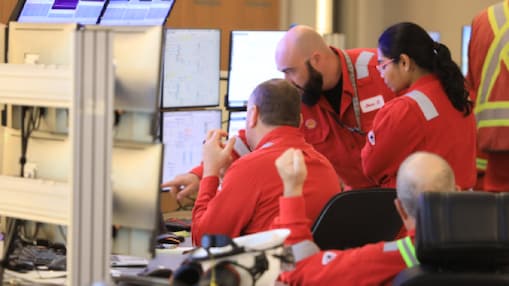Your Privacy Choices
We may disclose your personal information to third parties for commercial purposes, which may constitute a “sell” or “share” under certain applicable laws. As an example, we may disclose your personal information with our third-party partners so that we can learn more about you or for the purposes of serving offline targeted advertising..
To opt-out of offline targeted advertising or selling your personal information to third parties, please contact us by calling us toll free on +1 888-467-4355 ; or emailing us at shellcustomercare@shell.com
We enable the use of advertising and social media cookies on Shell Websites; these technologies may track your online activity across third-party digital platforms that are not affiliated with Shell. With such technologies, third parties may use your personal information for their own purposes or to display Shell advertisements to you on sites and services that Shell does not operate.
To opt-out of optional online tracking, select ‘Save Preferences’ or ‘Reject Optional Cookies’. Either of these options will opt you out of online targeted advertising or selling. To opt back in, check the categories of cookies you’d like to enable and select ‘Save Preferences’.
Categories

